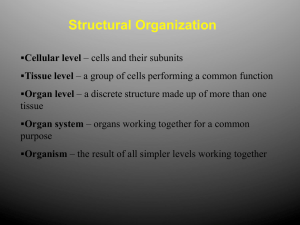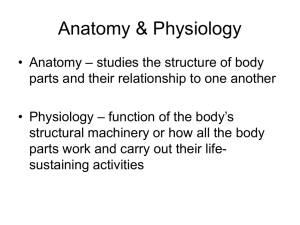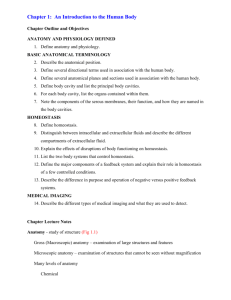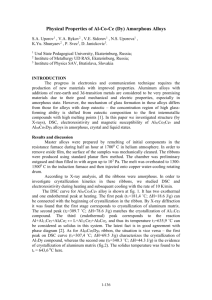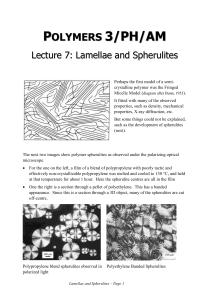supplementary
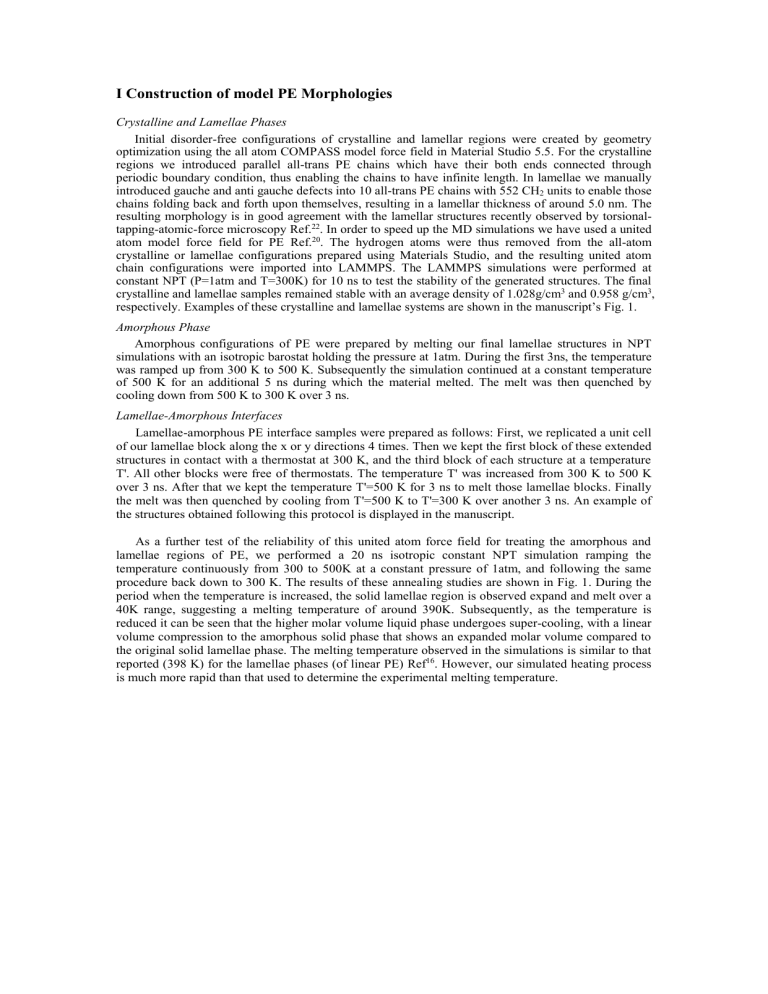
I Construction of model PE Morphologies
Crystalline and Lamellae Phases
Initial disorder-free configurations of crystalline and lamellar regions were created by geometry optimization using the all atom COMPASS model force field in Material Studio 5.5. For the crystalline regions we introduced parallel all-trans PE chains which have their both ends connected through periodic boundary condition, thus enabling the chains to have infinite length. In lamellae we manually introduced gauche and anti gauche defects into 10 all-trans PE chains with 552 CH
2
units to enable those chains folding back and forth upon themselves, resulting in a lamellar thickness of around 5.0 nm. The resulting morphology is in good agreement with the lamellar structures recently observed by torsionaltapping-atomic-force microscopy Ref.
22 . In order to speed up the MD simulations we have used a united atom model force field for PE Ref.
20 . The hydrogen atoms were thus removed from the all-atom crystalline or lamellae configurations prepared using Materials Studio, and the resulting united atom chain configurations were imported into LAMMPS. The LAMMPS simulations were performed at constant NPT (P=1atm and T=300K) for 10 ns to test the stability of the generated structures. The final crystalline and lamellae samples remained stable with an average density of 1.028g/cm 3 and 0.958 g/cm 3 , respectively. Examples of these crystalline and lamellae systems are shown in the manuscript’s Fig. 1.
Amorphous Phase
Amorphous configurations of PE were prepared by melting our final lamellae structures in NPT simulations with an isotropic barostat holding the pressure at 1atm. During the first 3ns, the temperature was ramped up from 300 K to 500 K. Subsequently the simulation continued at a constant temperature of 500 K for an additional 5 ns during which the material melted. The melt was then quenched by cooling down from 500 K to 300 K over 3 ns.
Lamellae-Amorphous Interfaces
Lamellae-amorphous PE interface samples were prepared as follows: First, we replicated a unit cell of our lamellae block along the x or y directions 4 times. Then we kept the first block of these extended structures in contact with a thermostat at 300 K, and the third block of each structure at a temperature
T'. All other blocks were free of thermostats. The temperature T' was increased from 300 K to 500 K over 3 ns. After that we kept the temperature T'=500 K for 3 ns to melt those lamellae blocks. Finally the melt was then quenched by cooling from T'=500 K to T'=300 K over another 3 ns. An example of the structures obtained following this protocol is displayed in the manuscript.
As a further test of the reliability of this united atom force field for treating the amorphous and lamellae regions of PE, we performed a 20 ns isotropic constant NPT simulation ramping the temperature continuously from 300 to 500K at a constant pressure of 1atm, and following the same procedure back down to 300 K. The results of these annealing studies are shown in Fig. 1. During the period when the temperature is increased, the solid lamellae region is observed expand and melt over a
40K range, suggesting a melting temperature of around 390K. Subsequently, as the temperature is reduced it can be seen that the higher molar volume liquid phase undergoes super-cooling, with a linear volume compression to the amorphous solid phase that shows an expanded molar volume compared to the original solid lamellae phase. The melting temperature observed in the simulations is similar to that reported (398 K) for the lamellae phases (of linear PE) Ref 16 . However, our simulated heating process is much more rapid than that used to determine the experimental melting temperature.
FIGURE 1. Melting and annealing study of the lamellar phase
In Fig. 2 we compare the pair distribution functions for the amorphous and lamellar phases. In Fig.
2 (a) and (b), the full atomic pair distribution functions show that the lamellar phase has a significantly stronger structure compared to the amorphous phase at distances beyond 0.4 nm. Fig. 2 (c) compares the intermolecular pair distributions in which the crystal-like structures in the lamellar phase are even more pronounced.
(a) (b) (c)
FIGURE 2. Pair distribution functions g(r) for amorphous and lamellar phases of PE computed at T=300 K and P=1 atm. (a) Full atomic g(r) starting from 0 Å; (b) Full atomic g(r) from 4 Å; (c) Inter-atomic g(r) from 0 Å
Nanovoids in Amorphous PE
Nanometer sized voids in the amorphous phase were created by expanding test particles in a previously generated amorphous phase. The diameter of the test-particle with the surroundings
(controlled by a repulsion potential parameter) is then used as a thermodynamic parameter. The Gibbs free energy to create cavities of a given size is then computed by thermodynamic integration over it. In
Fig. 3 are presented the calculated Gibbs free energies necessary to open spherical voids of a given diameter at normal conditions (300K and at 1atm). The data has been averaged over 36 test holes in the amorphous phase.
FIGURE 3. Free energy required to create a nanovoid in amorphous PE
II Calculation and Characterisation of Electronic States
The electronic states of excess electron of those modeled PE motifs were computed using a block
Lanczos diagonalisation algorithm Ref.
24 . We used a 3D spatial grid representation of the wave functions with a fixed spacing in all directions of 0.7 Å. The calculations are based on a semi-empirical pseudopotential, detailed in Ref. 11, describing the excess electron-molecule interactions. It contains short-range repulsive potentials, adjusted to fit the experimental data for the threshold of conduction in fluid ethane and propane, and an attractive part, which accounts for the polarization interaction between the excess electron and the dielectric, based on multi-centre polarisabilities obtained by fully ab initio methods. The electric field at each induced dipole was computed using a many-body selfconsistent iterative method Ref.
11 , with the interactions truncated beyond a cut-off sphere centered at the electron grid point with a radius of r c
= 0.9 nm. All reported electronic energies include a long-range correction based on a fit of the data for cutoff radii in the range r c
= 0.9-1.5 nm. These pseudopotentials were able to produce energies in agreement with the experimental data for fluid alkanes within 0.1eV, which can be considered as an estimation of the accuracy of our calculations. The mobility edges, separating localized from extended states, were computed from the simulation data using the criterion proposed in Ref. 11.
III Electron Localisation and Cavity Distribution
We show in the manuscript the measured free volume distribution in the homogeneous phases. The cavity radius was computed by averaging over the distance to the carbons, which are closer than the position given by the first peak of the radial distribution function. Fig. 4 shows three examples of radial distribution functions from artificial cavities in amorphous samples, with the corresponding average cavity radius indicated by the dash line.
FIGURE 4. Radial distribution functions of the carbons with respect to an artificial particle generating a cavity in an amorphous sample. Three cavities of different sizes are shown. The vertical lines indicate the average cavity radius in each setup.
As discussed in the manuscript, the localization lengths corresponding to large cavities show a much reduced dispersion than the data for small cavity radii. Fig. 5 provides an example of this phenomenon with two localized states with similar energies in the same simulation. While one of the levels (the one shown at the top panels of Fig. 5 can be easily identified with a single cavity, with radius r=2.75 Å, the other level clearly shows probability in several cavities of similar sizes, with a non-negligible probability connecting them – the nearest cavity from the observed is actually connected to the cavities behind through the periodic boundary conditions. Indeed, as the cavity radius becomes smaller, the number of similar size cavities in the neighborhood also increases, eventually leading to delocalization at the mobility edge.
FIGURE 5. Electronic probability density in crystalline polyethylene at room temperature for a state with energy 0.37 eV and
L=3.6Å (top), and another state with 0.40 eV and L=11.4 Å (bottom). Right panels show the same state than in the left but without the atoms for clarity.
Fig. 6 shows the number cavity density calculated in Ref.12 from positron lifetime data, being clearly different from the results shown in the manuscript’s Fig. 9. First, let us note that the positron lifetime analysis does not provide the number of cavities or the free volume fraction of the specimen. Rather, it directly provides a distribution of cavities normalized to unity. The values shown in Fig. 6 had been renormalized by using an estimated total volume fraction of free volume in the specimen. This freevolume fraction was obtained by experimentally measuring thermodynamics data, pressure-volumetemperature in a certain range, and then applying a statistical model accounting for the free-volume effect on the equation of state. This method assumes a more stringent cavity radius definition than the one used here in our paper, and thus its results are not equivalent to those presented here. As a comparison, the mentioned experimental technique gave free-volume fractions of about 20% in highdensity polyethylene, while our cavity radius definition (in which the size of the CH
2
units is not explicitly taken into account, and the average allows a certain penetration into the cavity surface) gives values of about 80%.
FIGURE 6. Number cavity density of high-density polyethylene, as estimated from positron lifetime spectroscopy Ref.
12 . The solid lines are Gaussian fits



